Research Highlights
-
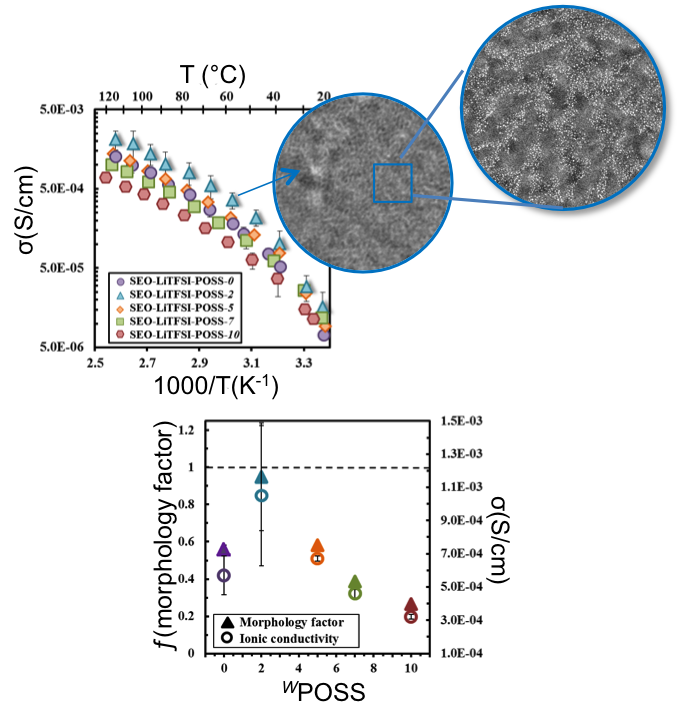
Nanoparticle-Driven Assembly of Highly Conducting Hybrid Block Copolymer Electrolytes
The ionic conductivity of nanostructured SEO block copolymer electrolytes is closely related to the morphology Read More
-
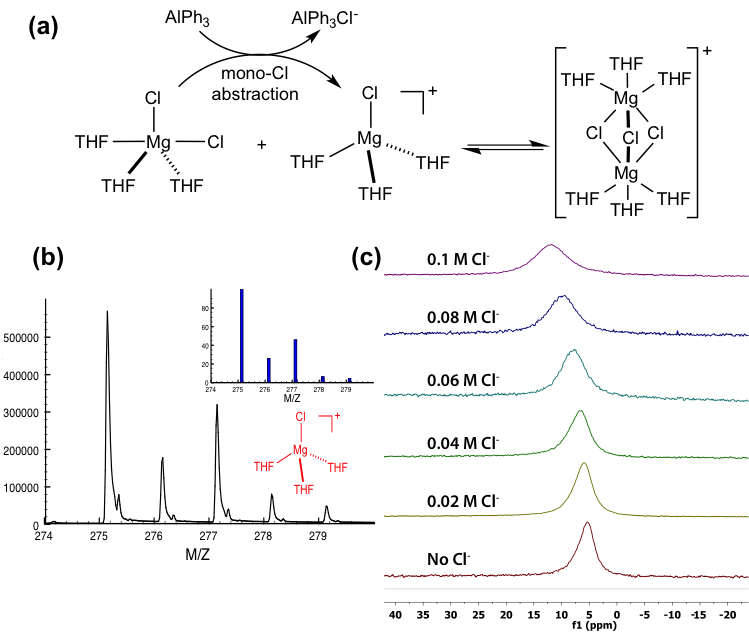
A Fundamental Study on the [(μ-Cl)3Mg2(THF)6]+ Dimer Electrolytes for Rechargeable Mg Batteries
First characterization of the long-sought [MgCl]+ species of the [(μ-Cl)3Mg2(THF)6]+ dimer electrolytes using a soft mass spectrometry, Subambient Pressure Ionization with Nanoelectrospray Mass spectrometry (SPIN-MS) Read More
-
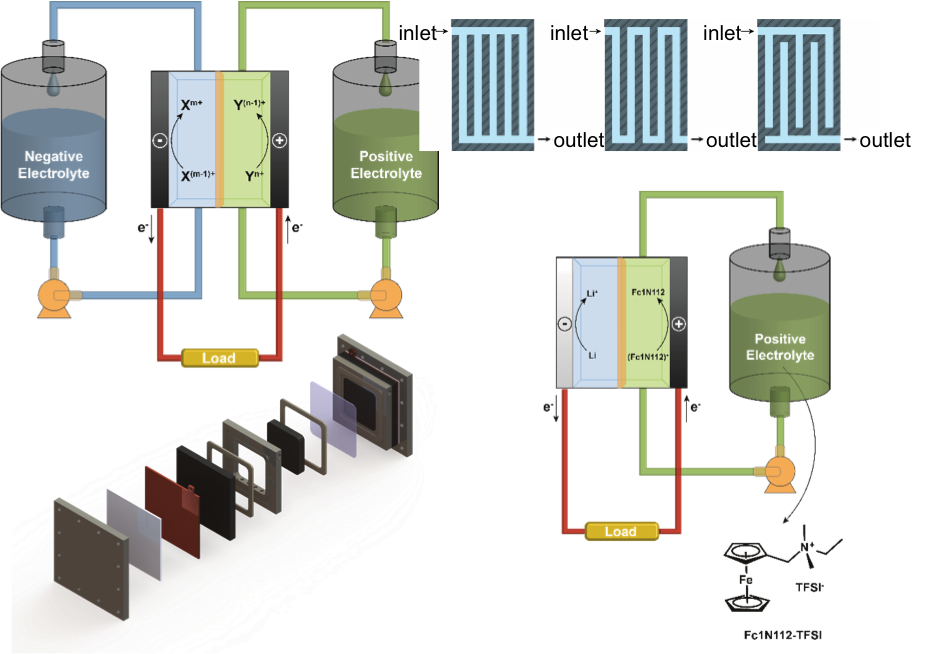
Recent Developments and Trends in Redox Flow Batteries
The recent activity for redox flow batteries and semi-flow systems was compiled and reviewed in this work. Read More
-
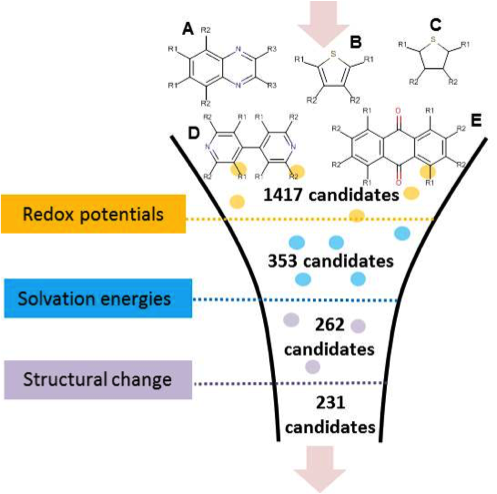
Accelerating Electrolyte Discovery for Energy Storage with High Throughput Screening
We have developed a strategy to down-select a pool of candidates based on successive property evaluations and to eliminate unpromising candidates at an early stage. Read More
-

Realizing the Full Potential of Insertion Anodes for Mg-ion Batteries Through the Nano-Structuring of Sn
High resolution STEM and Density Functional Theory were used in tandem to analyze the performance of SbSn anodes for Mg-ion batteries, shedding light on transport mechanisms and transport limitations of Mg2+ ions in the structure Read More
-
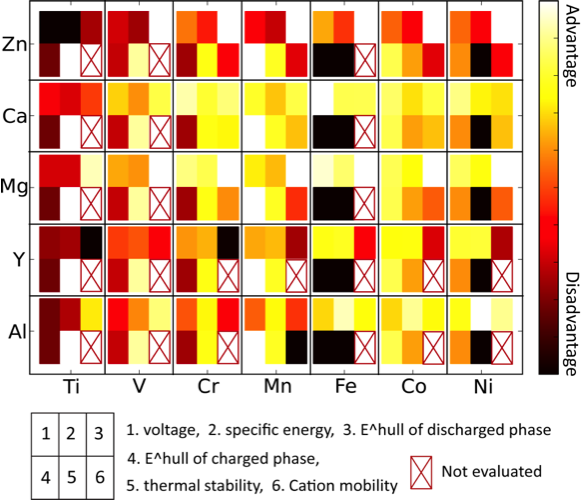
Spinel Compounds as Multivalent Battery Cathodes: A Systematic Evaluation Based on ab initio Calculations
A high-throughput strategy to systematically screen multivalent cathode materials based on comprehensive computational first-principles property evaluations has been developed and has been used to identify Mn2O4 as a feasible host candidate, with Ca2+ and possibly Mg2+ as mobile cations Read More
-
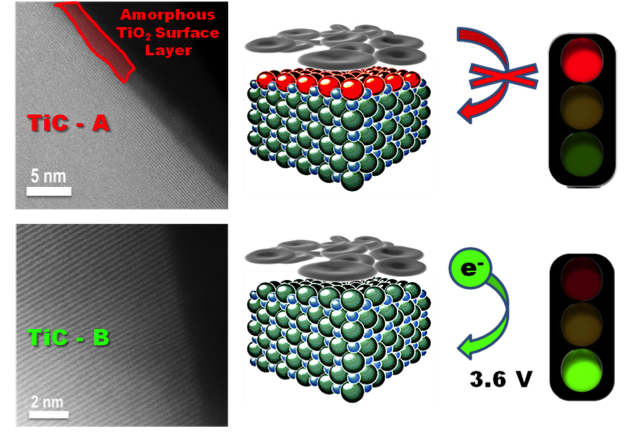
Electrode Interface Dictates Oxygen Evolution from Lithium Peroxide in Li-O2 Batteries
Identification of the critical role the surface properties of metallic TiC & TiN supports play in Li-O2 electrochemistry. Oxygen evolution from bulk Li2O2 is enabled by "clean" surfaces but completely inhibited by 2-3 nm thick TiO2 films. Read More
-
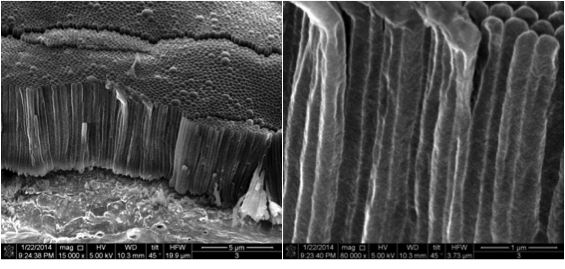
Dendrite-Free Lithium Deposition with Self-Aligned Nanorod Structure
Using an electrolyte additive that can suppress Li dendrite formation and improve the performance of Li metal batteries, we have achieved for the first time the growth of dendrite-free lithium films with self-aligned and highly-compacted nanorod structure. Read More
-
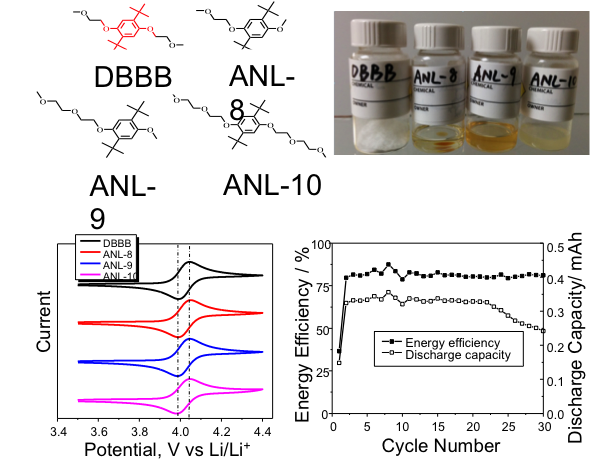
Liquid Catholyte Molecules for Non-aqueous Redox Flow Batteries
A new series of novel dimethoxybenzene based catholyte molecules were developed in order to further improve the solubility by tuning chemical structures Read More
-
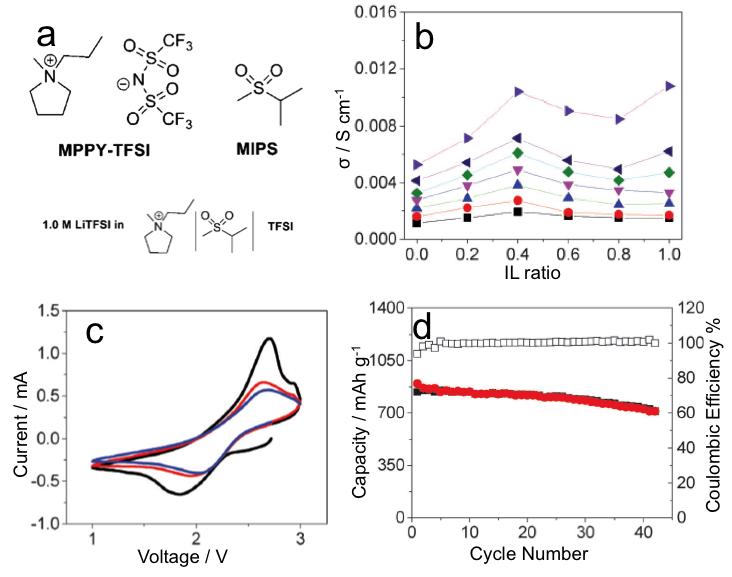
Synergistic Effects of Mixing Sulfone and Ionic Liquid as Safe Electrolytes for Lithium Sulfur Batteries
A strategy of mixing both an ionic liquid and sulfone is applied in Li-S batteries to give synergistic effects of reducing viscosity, increasing ionic conductivity, reducing polysulfide dissolution, and improving safety. Read More
Latest Updates
-
You’re Invited - JCESR and Beyond: Translating the Basic Science of Batteries
Please join us at Argonne National Laboratory on Tuesday, April 4, 2023 for JCESR and Beyond: Translating the Basic Science of Batteries. Registration is now open. This in-person event will celebrate 10 years of research from the Joint Center… Read More
-
A Message from JCESR: In Memory of George Crabtree
It is with heavy hearts that we say goodbye to George Crabtree, a Senior Scientist and Distinguished Fellow at Argonne National Laboratory, and Director of the Joint Center for Energy Storage Research (JCESR), who passed away unexpectedly on January 23. Dr. Read More
-
Cyanopyridines As Extremely Low-Reduction-Potential Anolytes for Nonaqueous Redox Flow Batteries
Discovery of a cyanophenylpyridine derivative with a very low reduction potential and good stability during cycling. Read More
-
Characterizing Redoxmer – Electrode Kinetics Using a SECM-Based Spot Analysis Method
Identified asymmetries in electron transfer (ET) kinetics between the reduction and oxidation of ferrocene-based redoxmers by measuring the ET rate constants (kf/kb) as a function of electrode potential. Read More
-
Benzotriazoles as Low Potential Anolytes for Non-Aqueous Redox Flow Batteries
We developed an easy-to-synthesize benzotriazole-based anolyte with a high energy redox potential (-2.3 V vs Fc/Fc+) and high solubility that demonstrates stable electrochemical cycling performance. Read More

